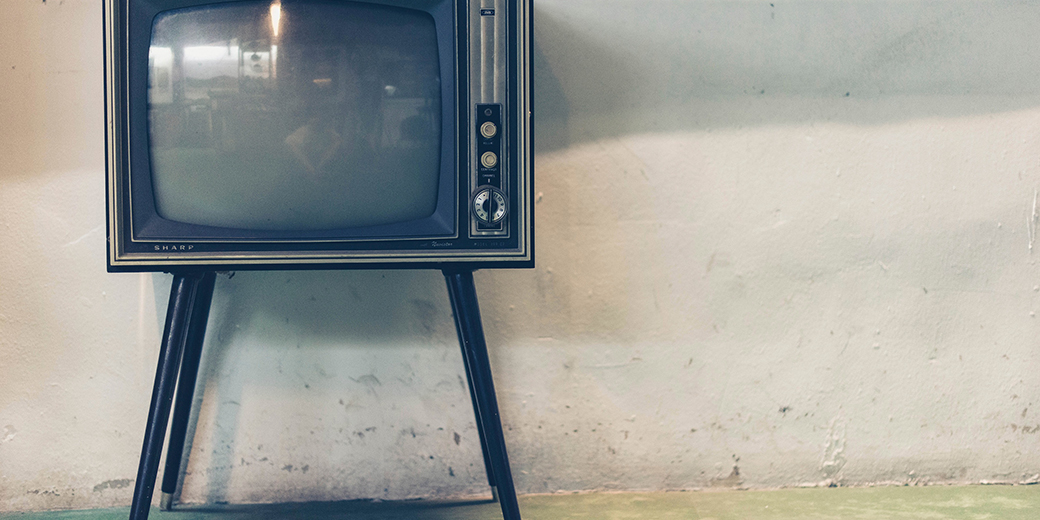Few scenarios throw a spanner into the works quite like a missing will. When an original will vanishes and was last known to be in the testator's possession, there is a legal presumption that the deceased deliberately destroyed it, intending to revoke their final wishes... This can be a problem.
In light of the recent decision of Re Ioannidis: Gebert v Sarvos [2025] VSC 418, we spoke to Tasman Ash Fleming, Barrister and Mediator and Adjunct Lecturer at the College of Law, to navigate the complex issues surrounding copy will disputes.
When the original will vanishes: the presumption of revocation
"The conventional application for probate involves attaching the original physical will,” Tasman says. “However, it is possible to apply for probate of a copy will.”
While this can be done, there is a presumption of revocation at play.
“In an application to have a copy will admitted to probate, there is a presumption that the original will was revoked if the original will was traced to the being last in the possession of the testator,” Tasman explains.
Essentially, if the original will was held by the person who made the will, they did not intend for it to be valid.
“This can be overcome by evidence to the contrary,” explains Tasman. “The burden is on the person seeking to displace the presumption of revocation, proved on the balance of probabilities.”
The recent decision of Re Ioannidis: Gebert v Sarvos [2025] VSC 418 considered this.
Key insights from Re Ioannidis: Gebert v Sarvos [2025] VSC 418
The leading authority in Australia remains Campbell J's decision in Cahill v Rhode.
To rebut the presumption of revocation, you need a solid explanation for why the original will simply cannot be found.
Campbell J stated: "[t]he factual presumption can be overcome by circumstantial evidence which shows, on the balance of probabilities, that even though the Will is missing at the testator's death, it is more likely than not that the reason for it being missing is something other than that the testator destroyed it with the intention of revoking it."
"Campbell J adopted the test from Powell J in Whiteley v Clune (No2); The Estate of Brett Whiteley (13 May 1993, unreported),” says Tasman:
- Although, where a Will is traced into the possession of the testator and is not forthcoming on his death, there is a presumption that he destroyed it amino revocandi, the presumption may be rebutted;
- The strength of the presumption depends upon the character of the testator’s custody over it;
- Where the Will makes a careful, and complete, disposition of the testator’s property, and there are no other circumstances to point to a probable destruction, animo revocandi, by the testator, the presumption is so slight that it may be said not to exist;
- Where a Will is lost or destroyed, and the presumption of destruction, animo revocandi, either, does not arise, or, is rebutted, its contents may be proved by parol evidence.
In other words, while there is a legal presumption that a missing will was deliberately destroyed by its maker, this assumption can be rebutted. Once lawyers can overcome or sidestep this hurdle, they are free to prove the copy will.
Re Ioannidis is a perfect illustration of how these principles work in practice.
"Here, there was evidence that the deceased was careful with important documents. We're talking about a 20-year timeframe between making the will and the probate application, yet there was clear evidence of careful consideration and mature deliberation when the will was originally made," Tasman says.
According to Tasman, the solicitor who drafted the will didn't have a safe or deed room, so his standard practice was to make a copy for his files and give the original to the client.
"After making the will, the deceased never executed another one. However, he did meet with other solicitors and made it clear that he wanted to disinherit his son, it made it unlikely that he would have destroyed his original will without immediately making a new one to replace it."
Before the will goes missing: Essential safeguards for practitioners
"In the Re Ioannidis case, the original lawyer didn't have a deed room, which meant the will couldn't be stored with the firm," Tasman explains. "Of course, many firms do keep wills and other important documents in their deed rooms or safes, and that's exactly what they should be doing."
Document management is a key consideration and firms need to review their record-keeping systems to track where wills are located at all times.
“Further, when you're meeting with clients, it's worth following up about where they're keeping their will and whether it's still current," Tasman suggests. “Hopefully, electronic signing and digital wills might bring more certainty to this area, but may bring their own storage challenges — though that's probably a conversation for another day."
When it comes to litigation strategy, Tasman says: "Like any estate matter, you're often dealing with evidence that spans decades, in the words of Daly J from Re Ioannidis: 'The main difficulty with the evidence in this proceeding is not that the evidence is controversial: rather, it is sparse and incomplete.'”
You will need to marshal the evidence, which includes:
- What were the circumstances when it was originally drawn?
- How did the testator's intention change after making the will?
- Where was the will kept?
- Where might the will have been moved to?”
These are the questions that will be critical to any litigation where an original will is lost, and where an application for probate of a copy will might be considered.
























![How to handle Direct Speech after Gan v Xie [2023] NSWCA 163](https://images4.cmp.optimizely.com/assets/Lawyer+Up+direct+speech+in+drafting+NSW+legislation+OCT232.jpg/Zz1hNDU4YzQyMjQzNzkxMWVmYjFlNGY2ODk3ZWMxNzE0Mw==)











































































